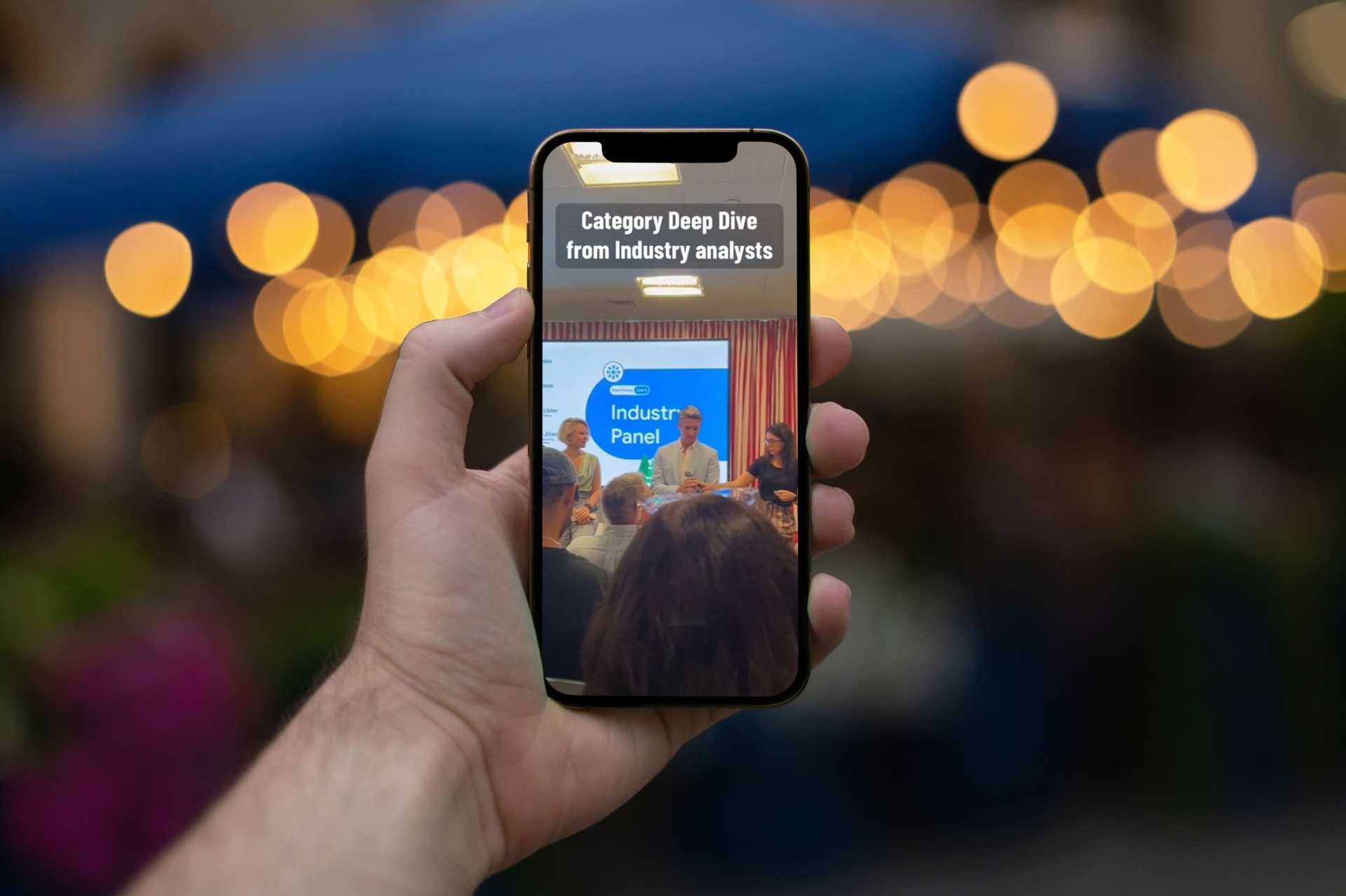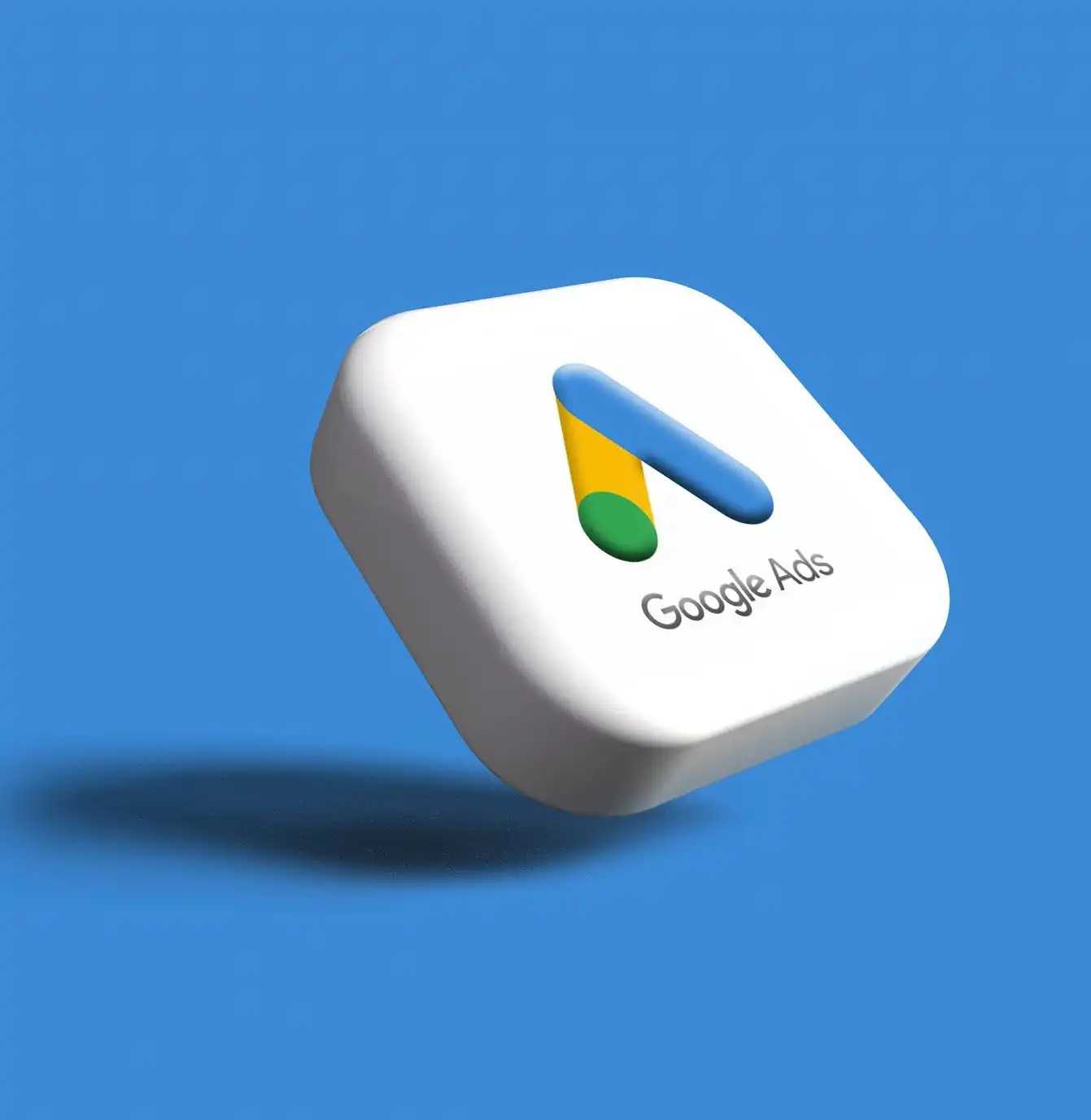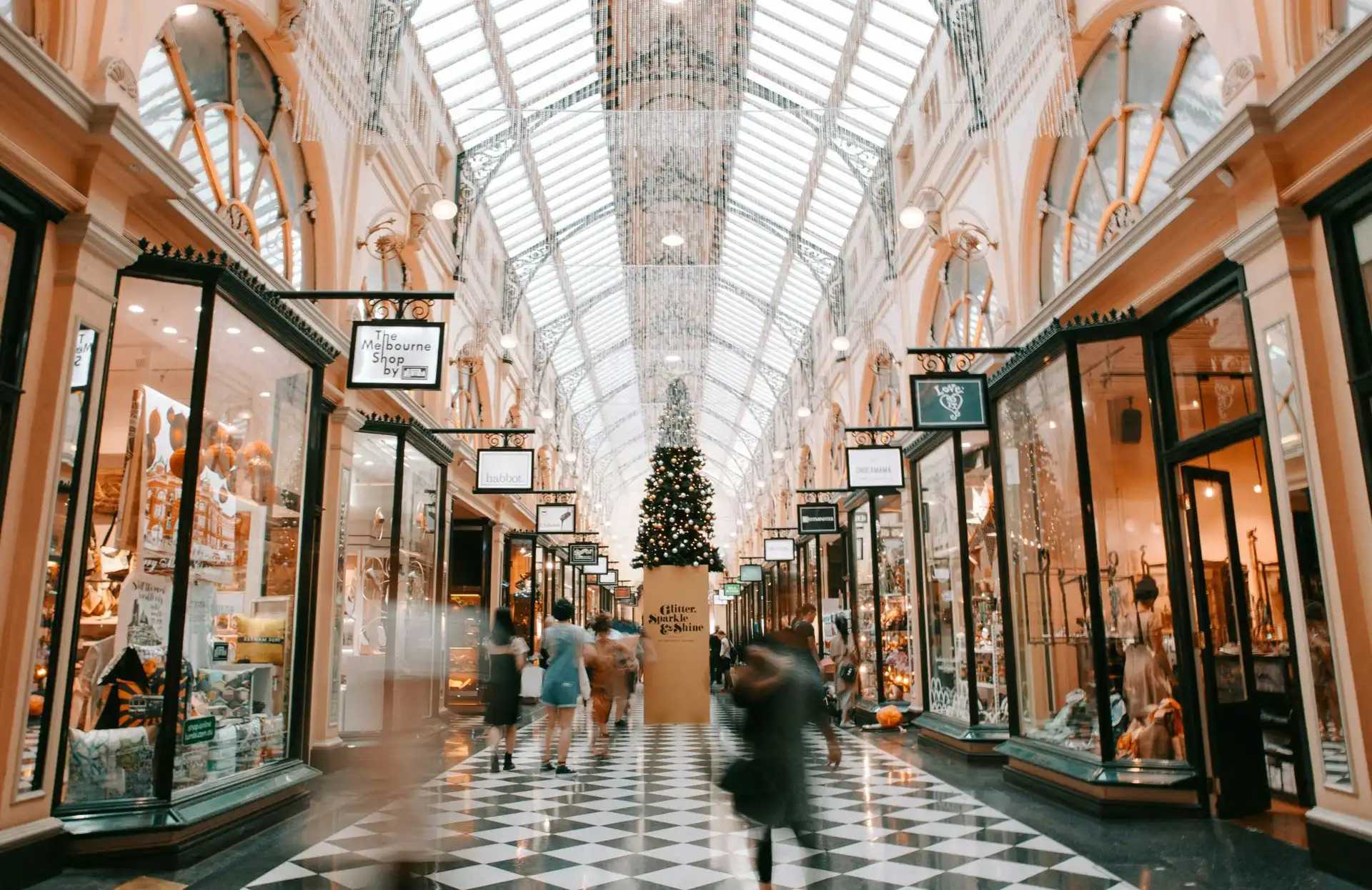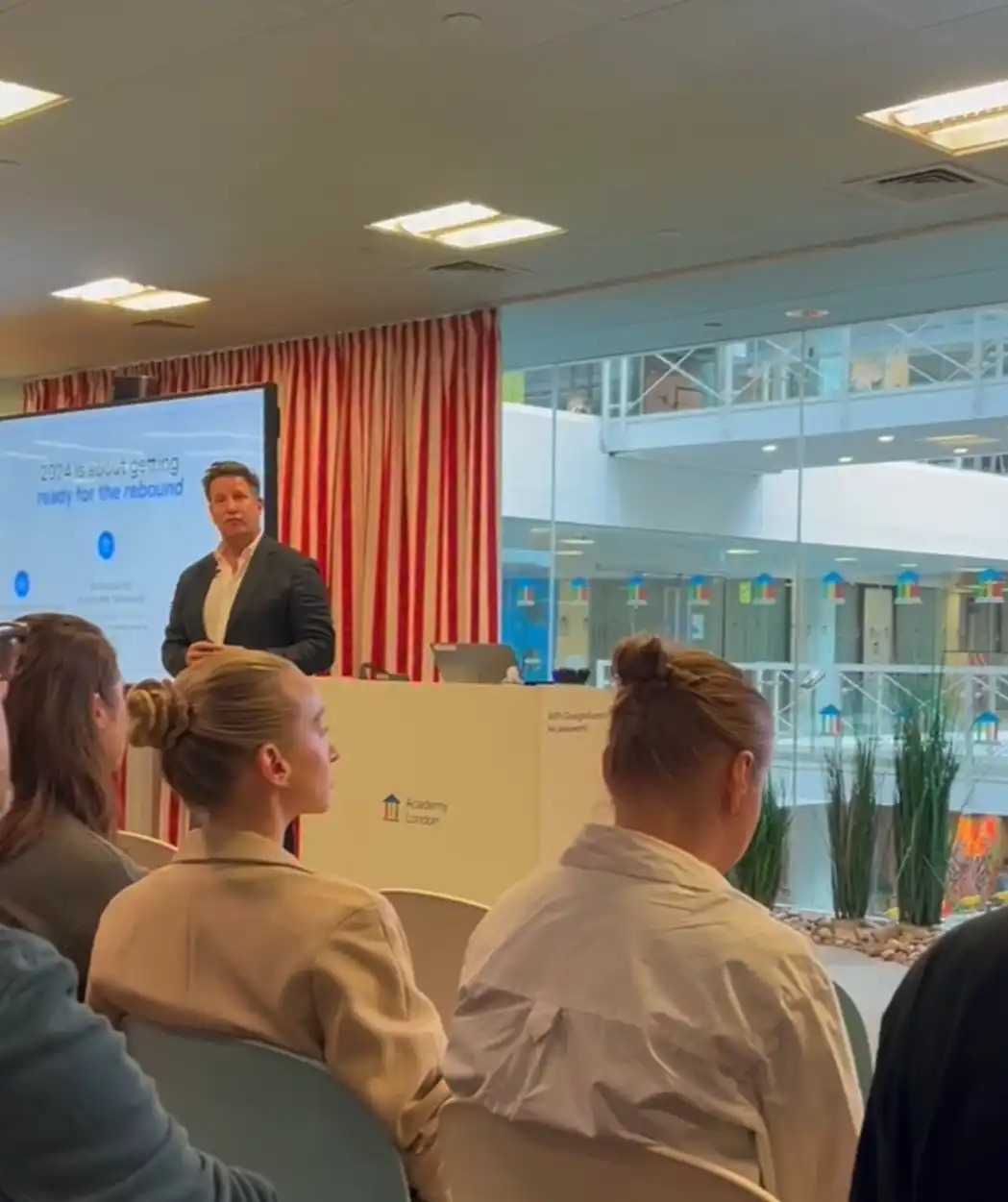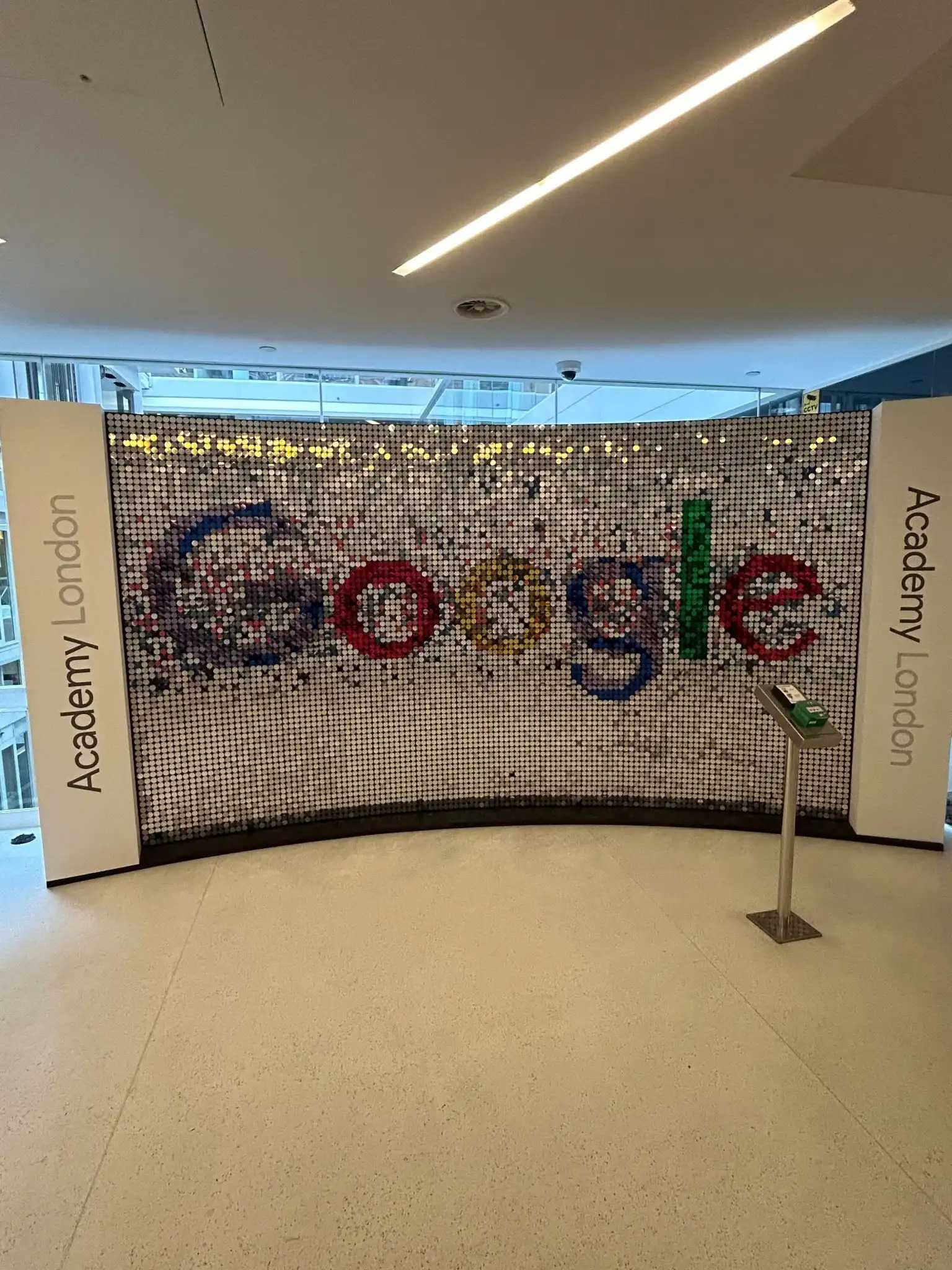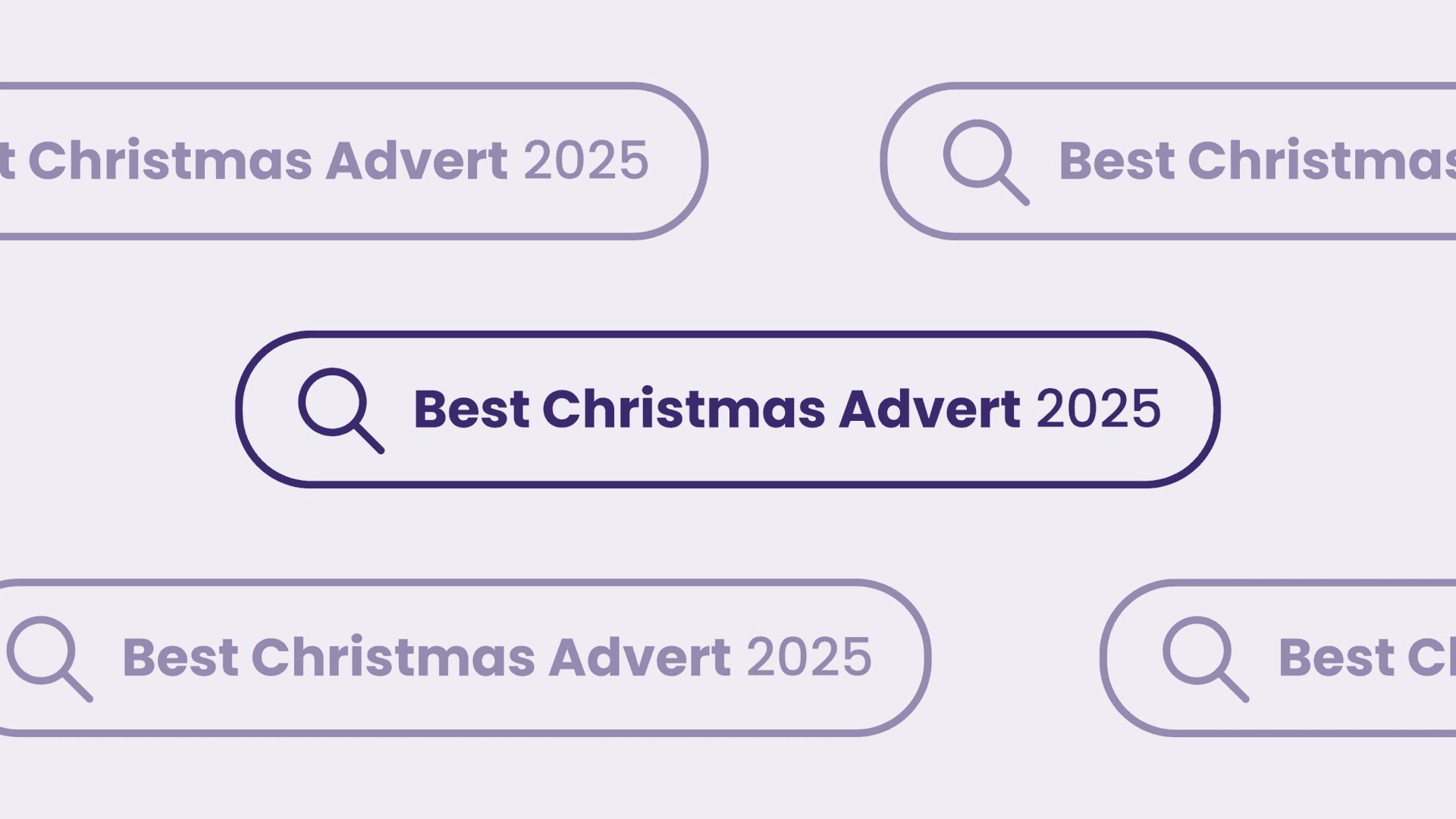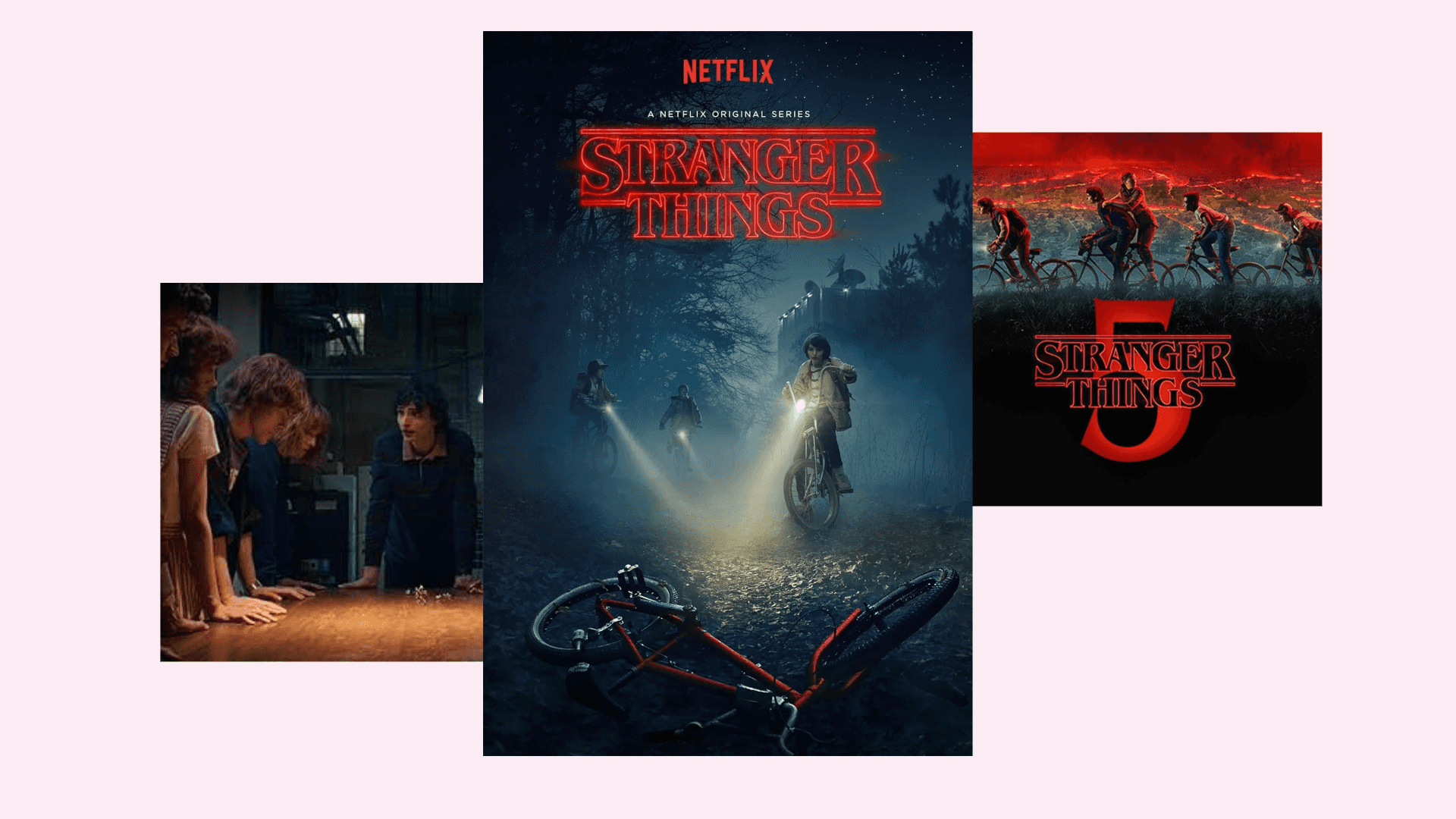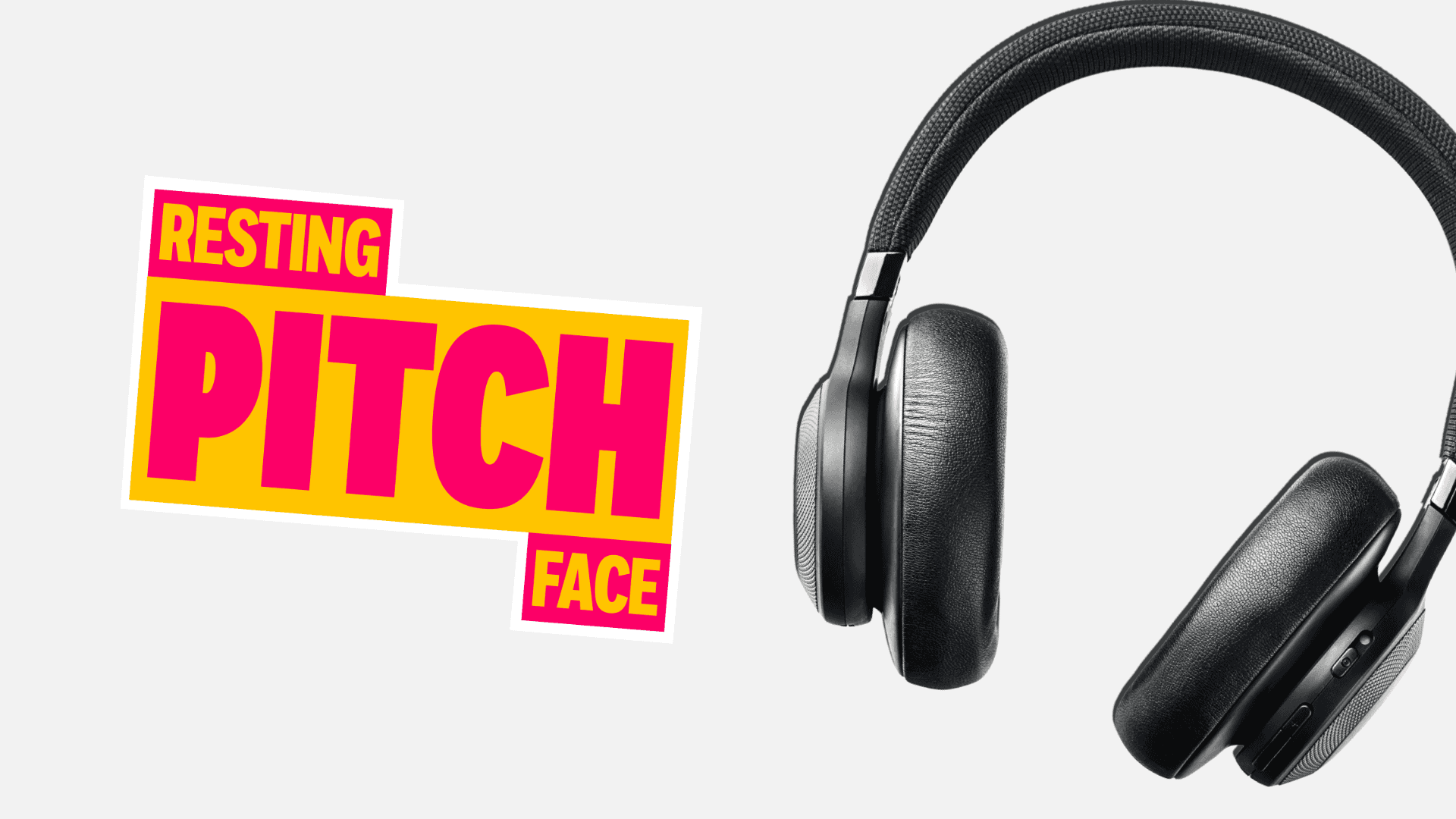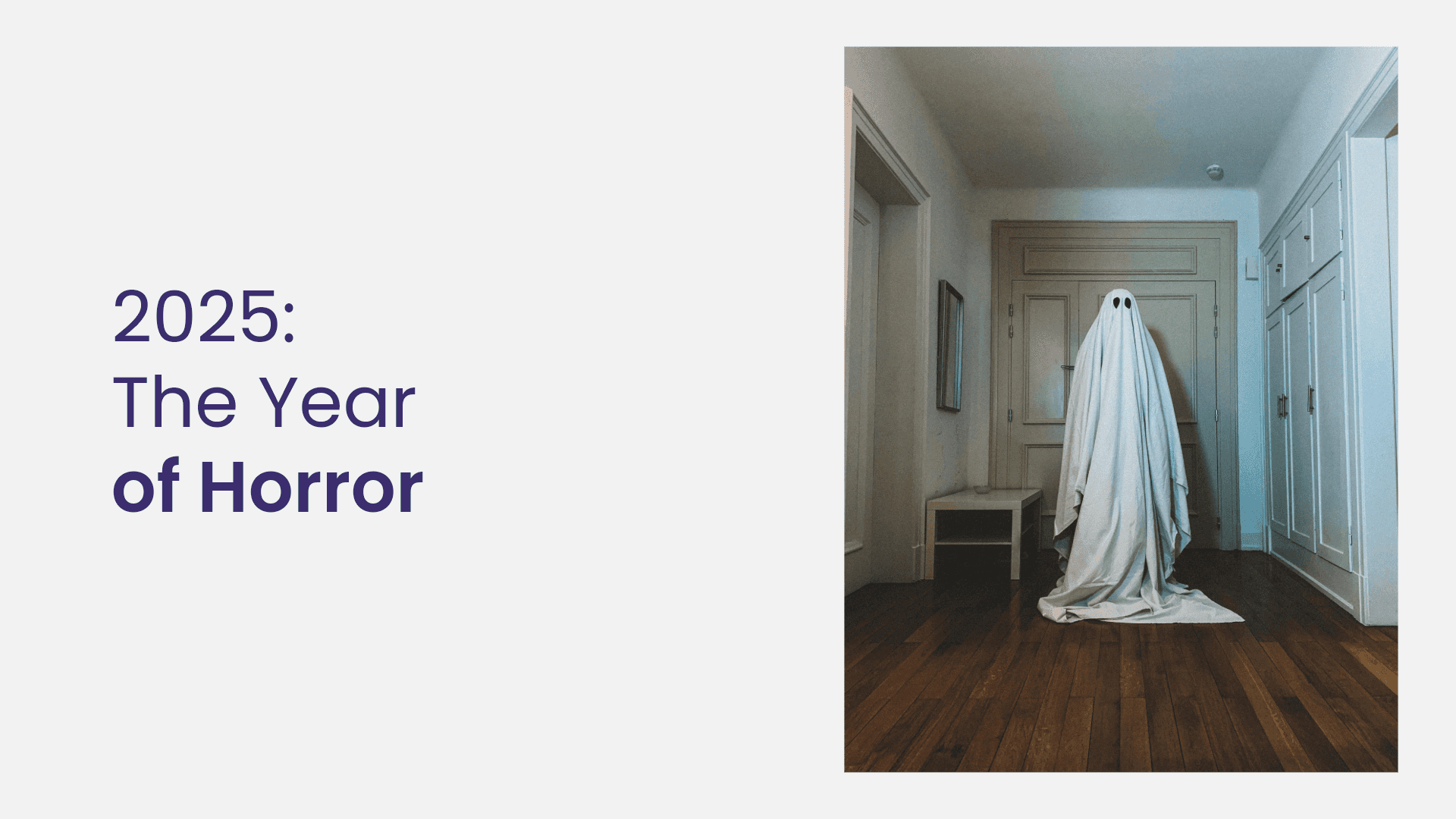Automation and AI have transformed the industry, with new Google products offering exciting opportunities for this year’s peak shopping season. For many months now, we have seen a shift in focus to more automation-first campaigns which allow AI signals to adjust in real-time to market conditions, enabling advertisers to stay competitive as demand and consumer behaviours adjust.
One example of how to utilise automation is by using Performance Max: a full-funelled campaign that runs across all of Google’s inventory including search, shopping, display etc. from a single campaign, maximising reach across channels. During high-demand periods like e-commerce peak season, Performance Max uses AI to continuously optimise bids, targeting, and ad placements, ensuring ads reach the right users at the right time for maximum impact.

